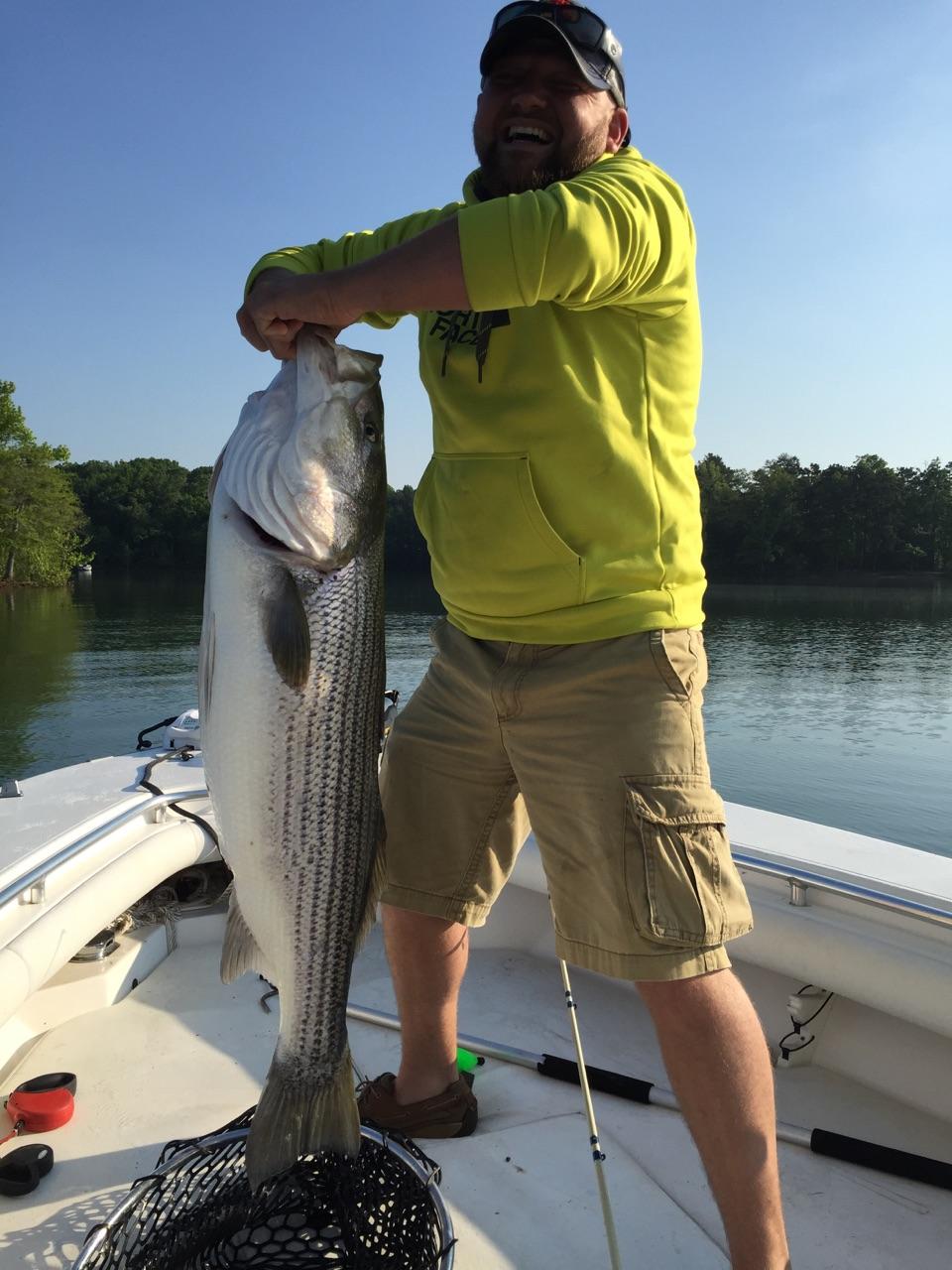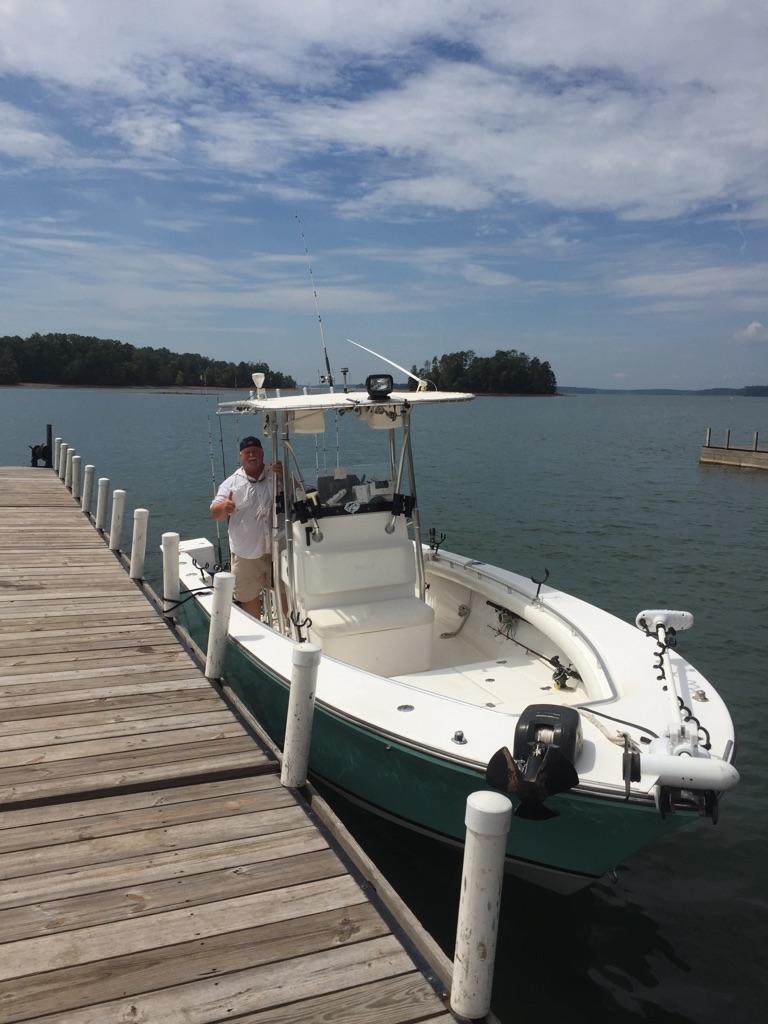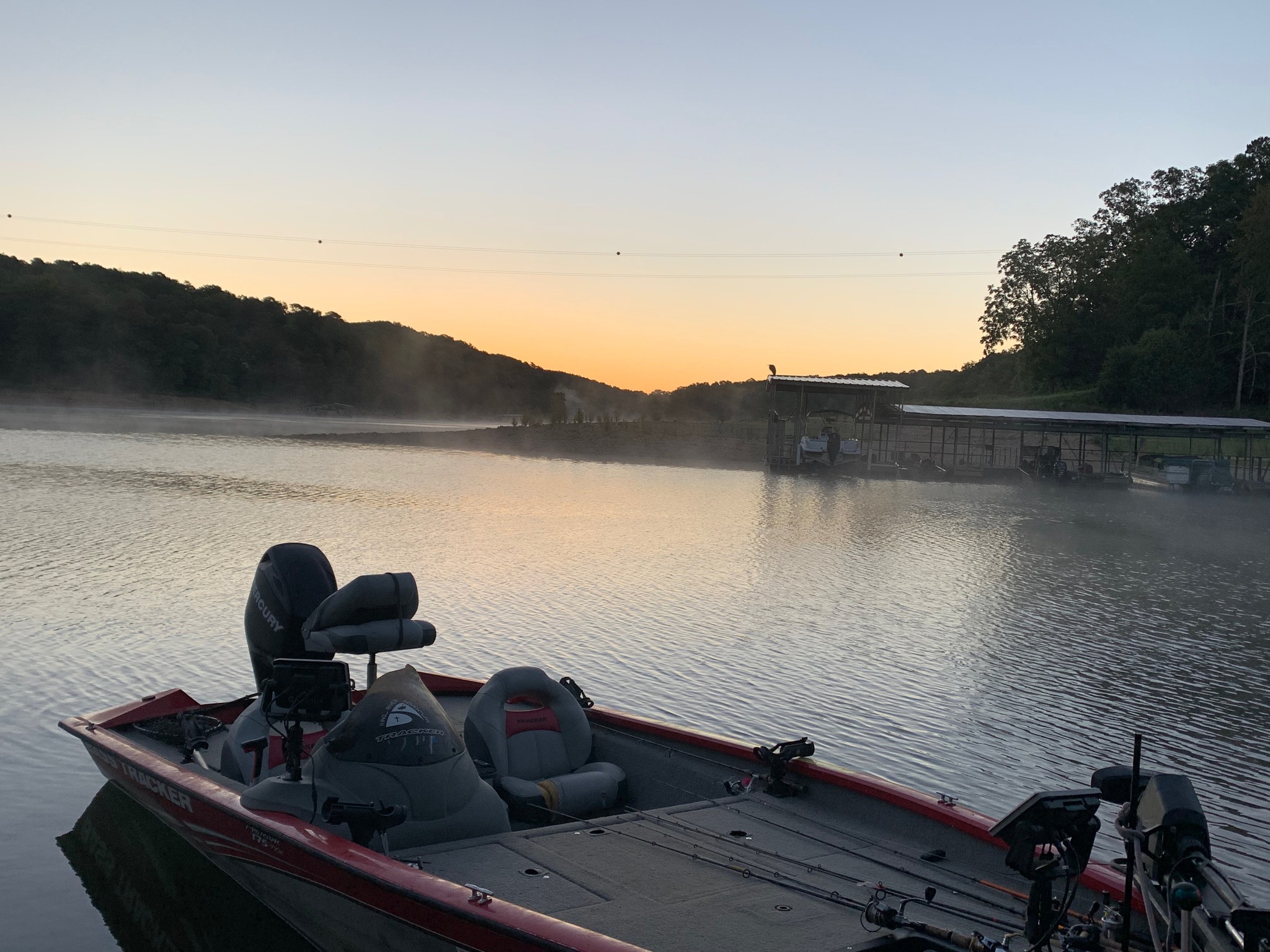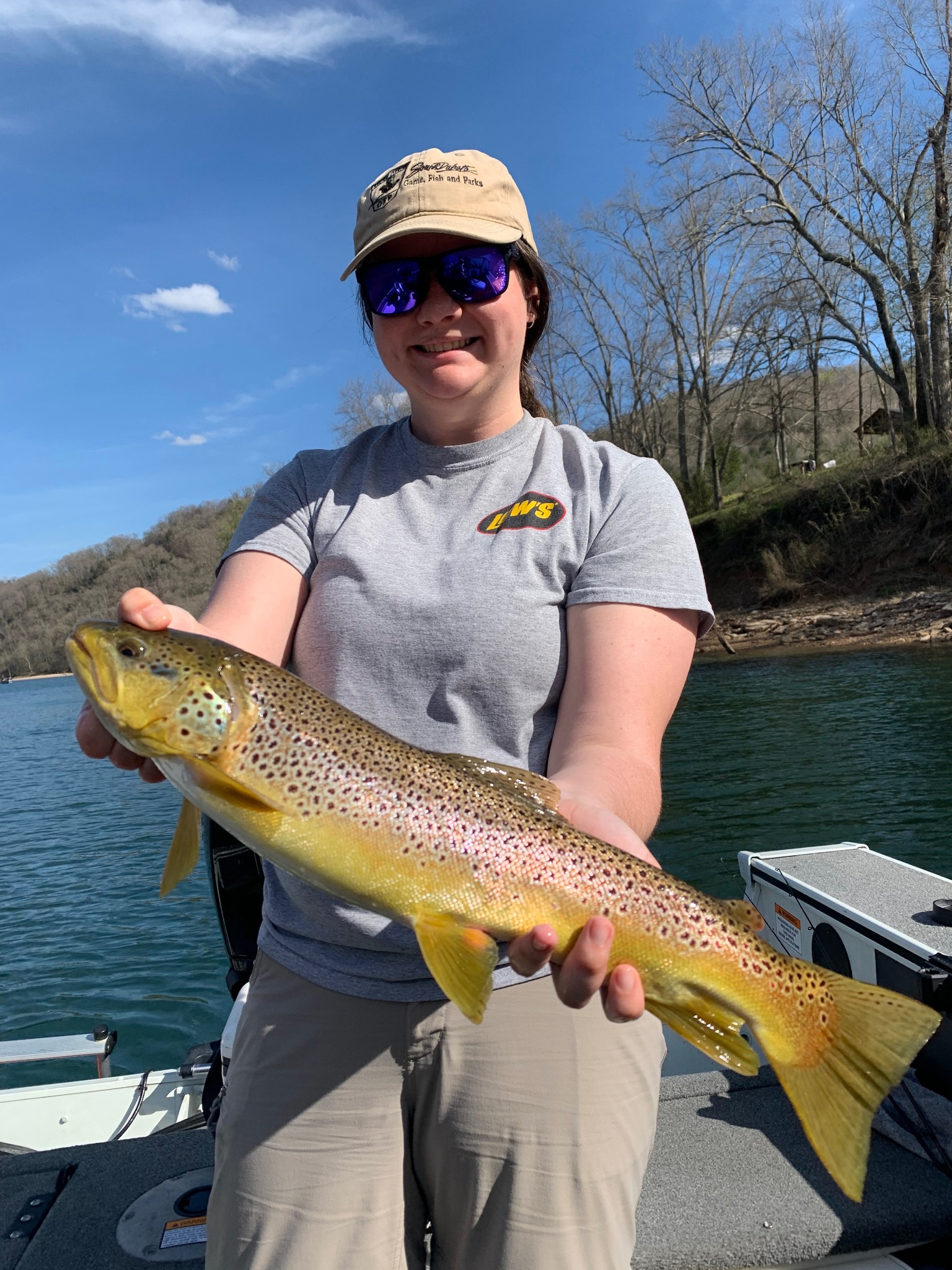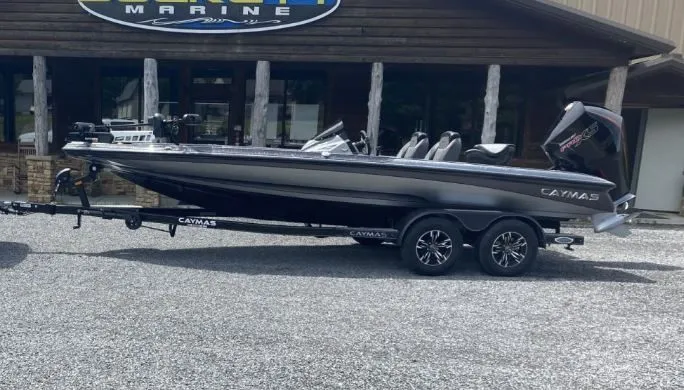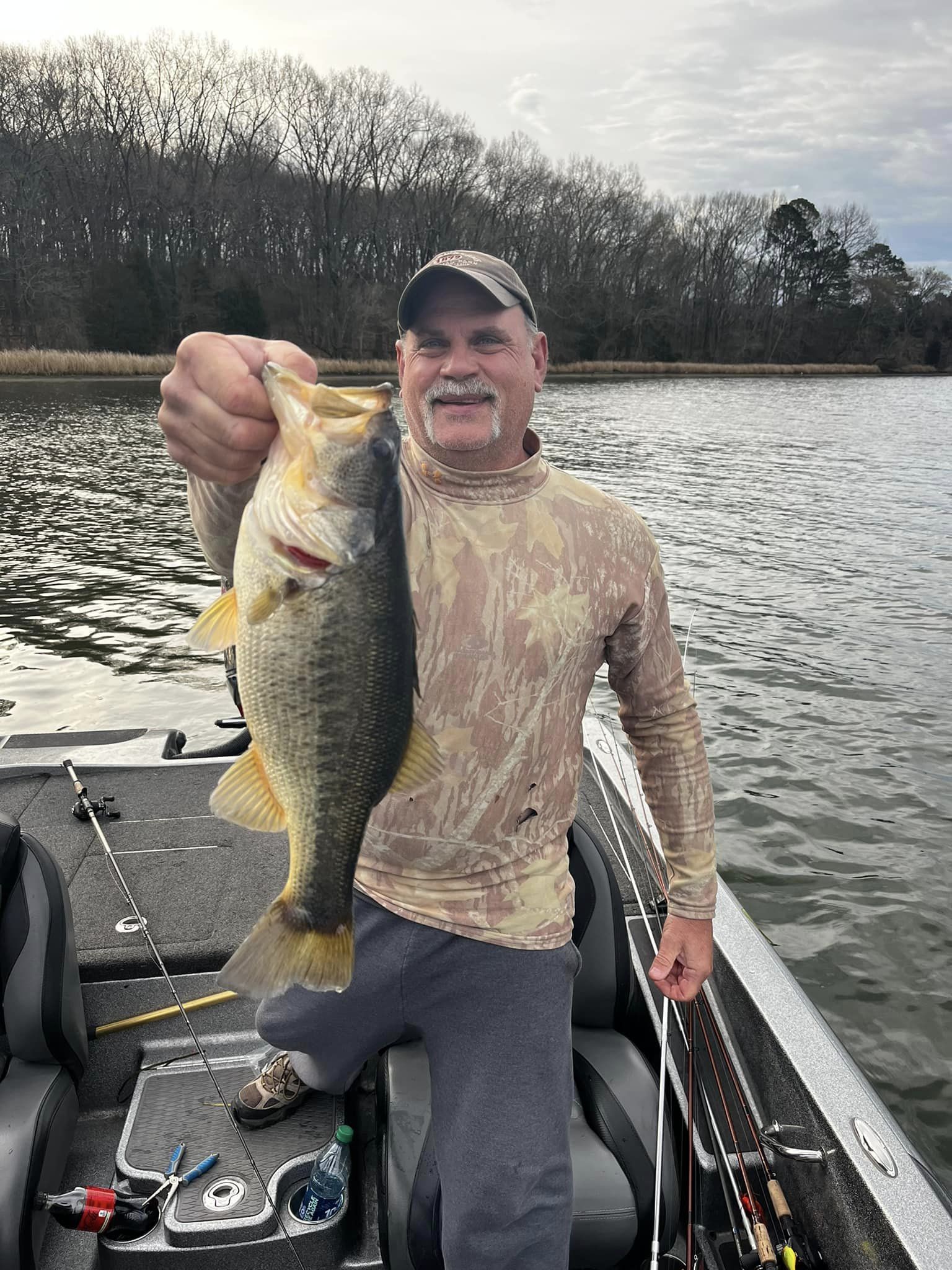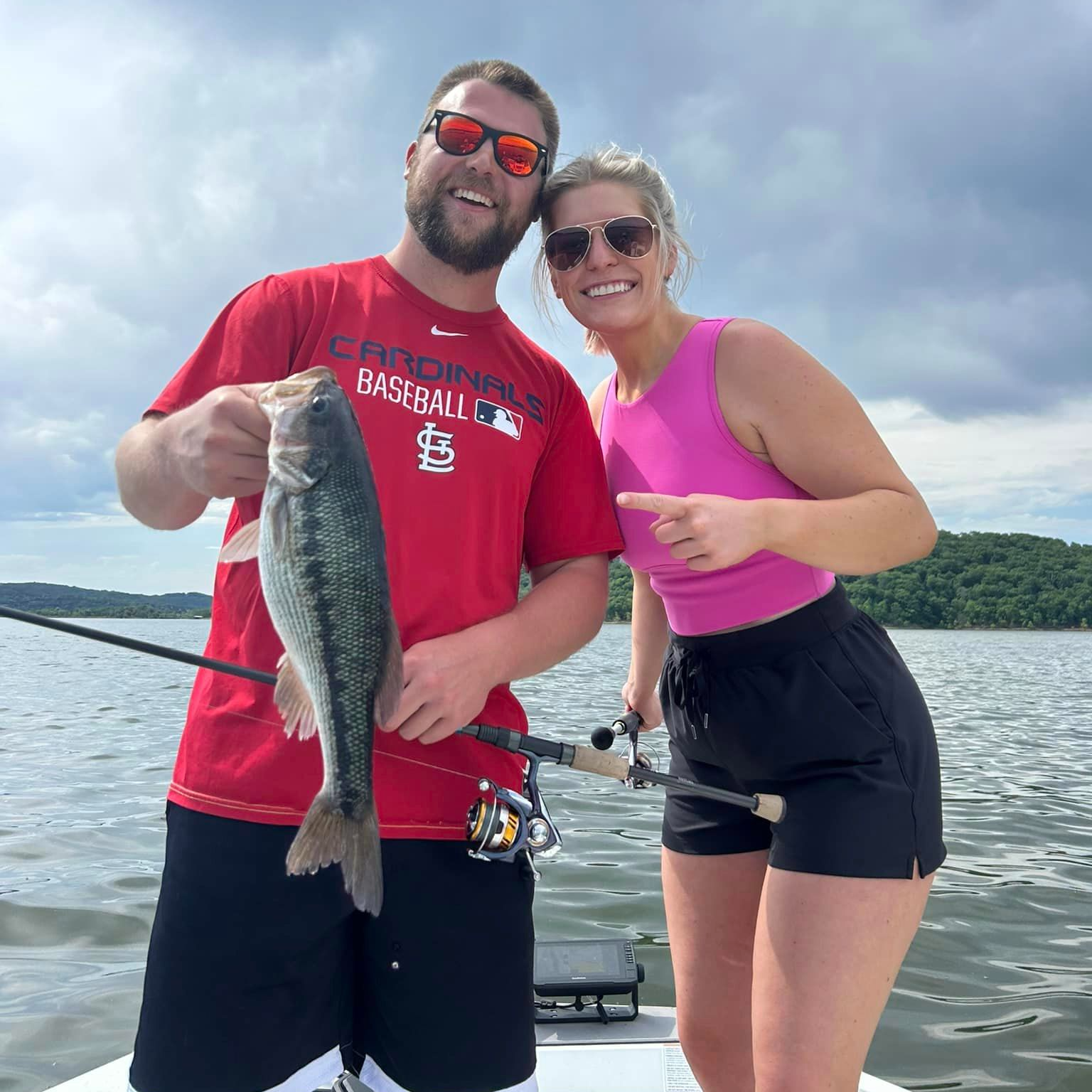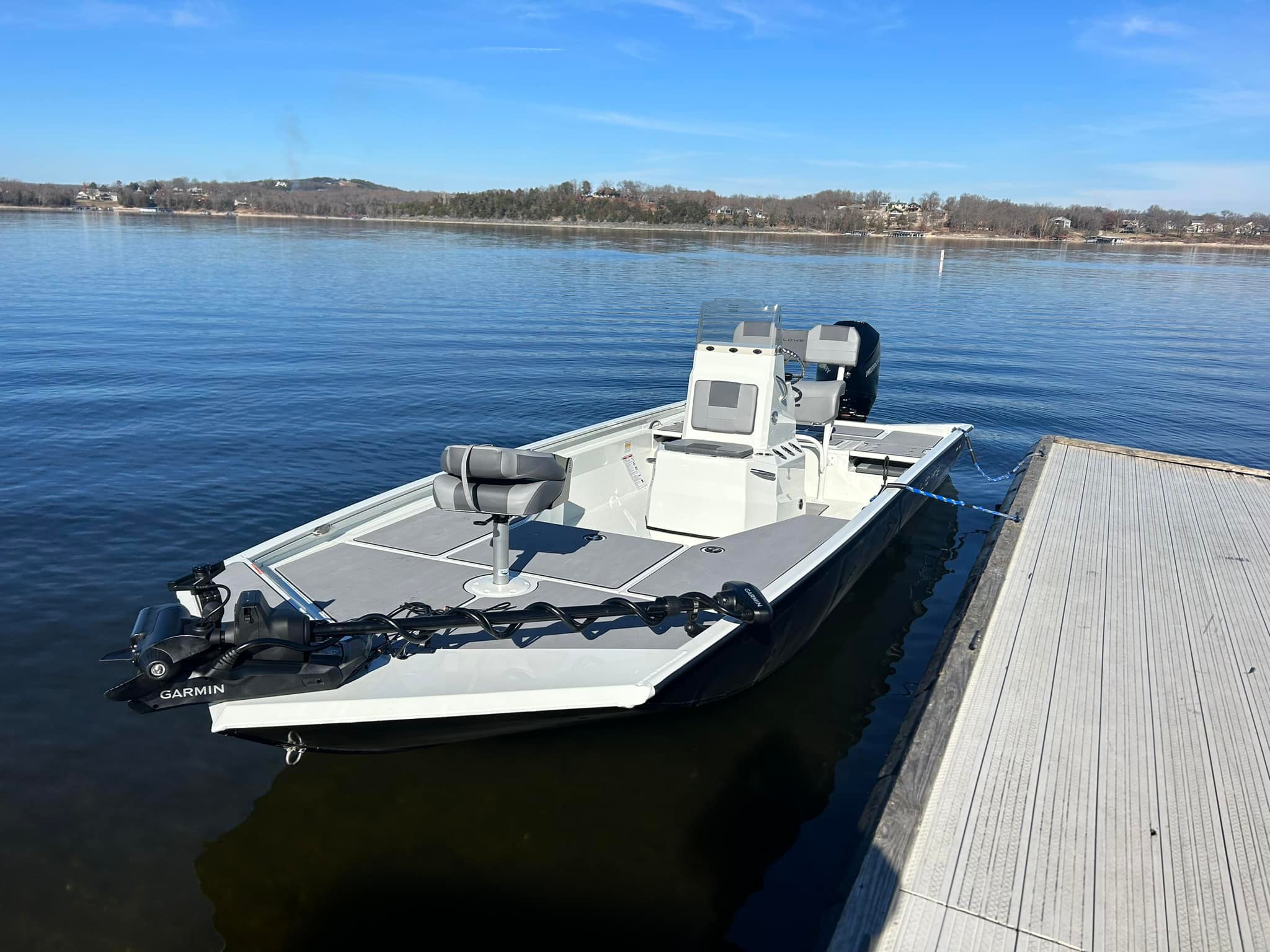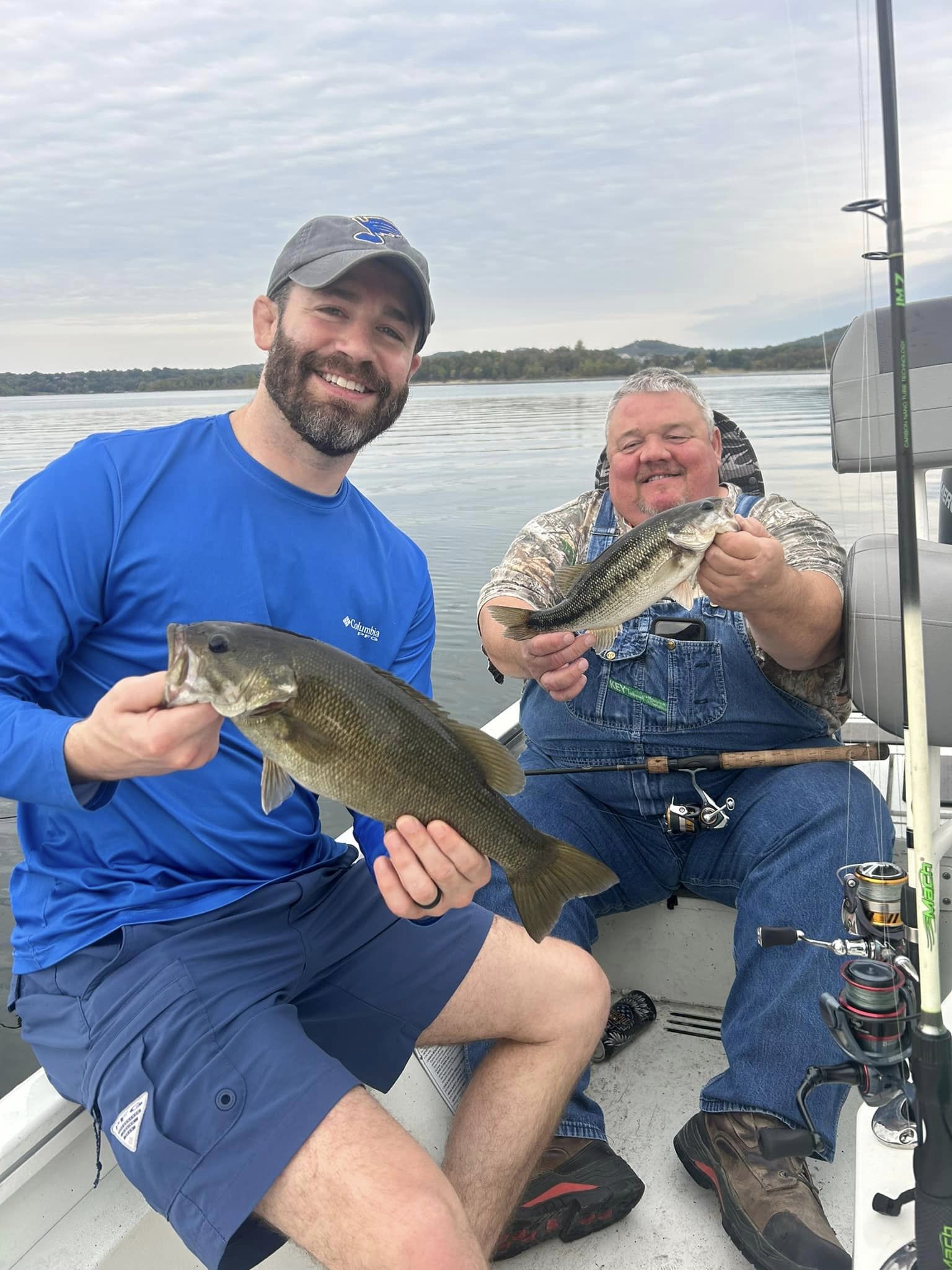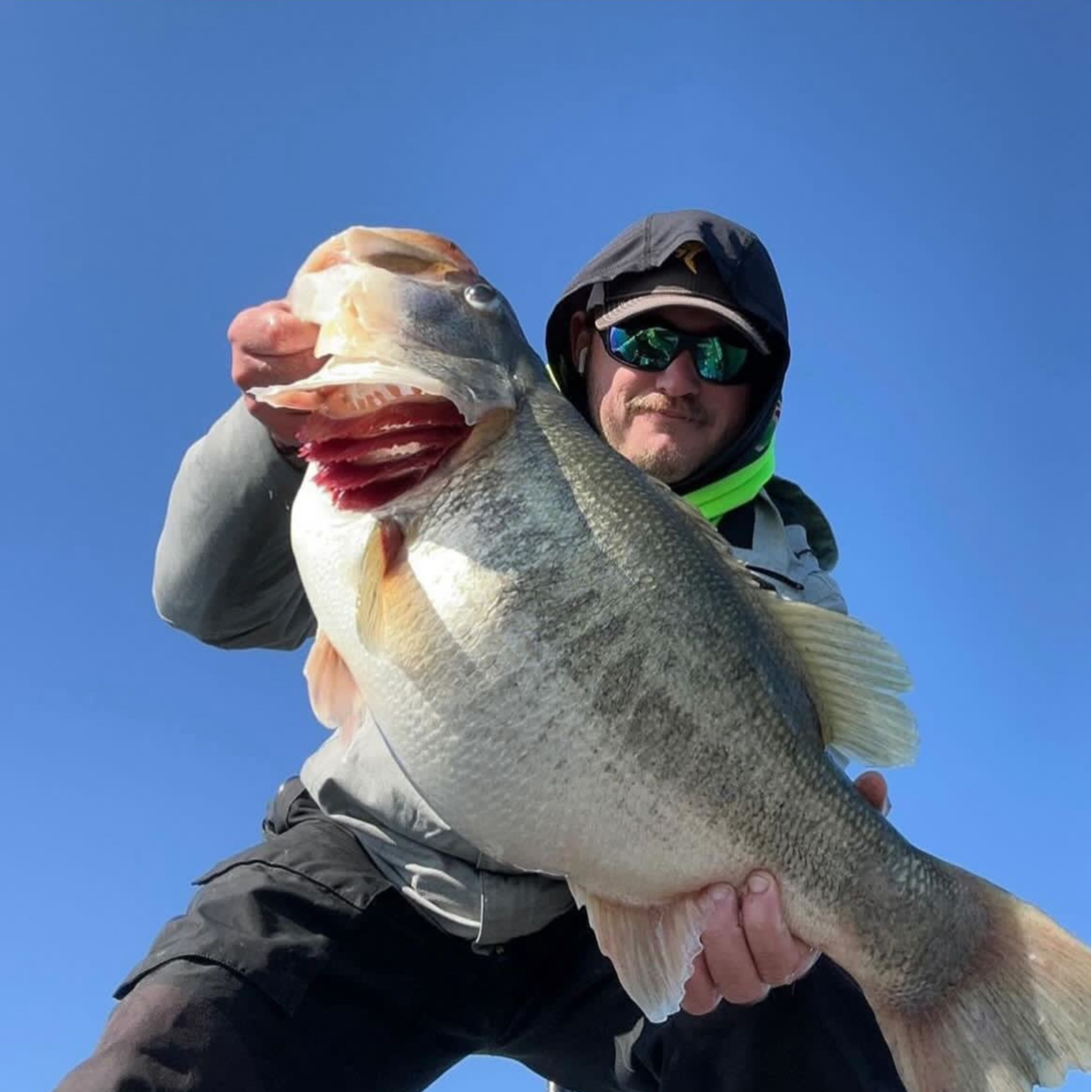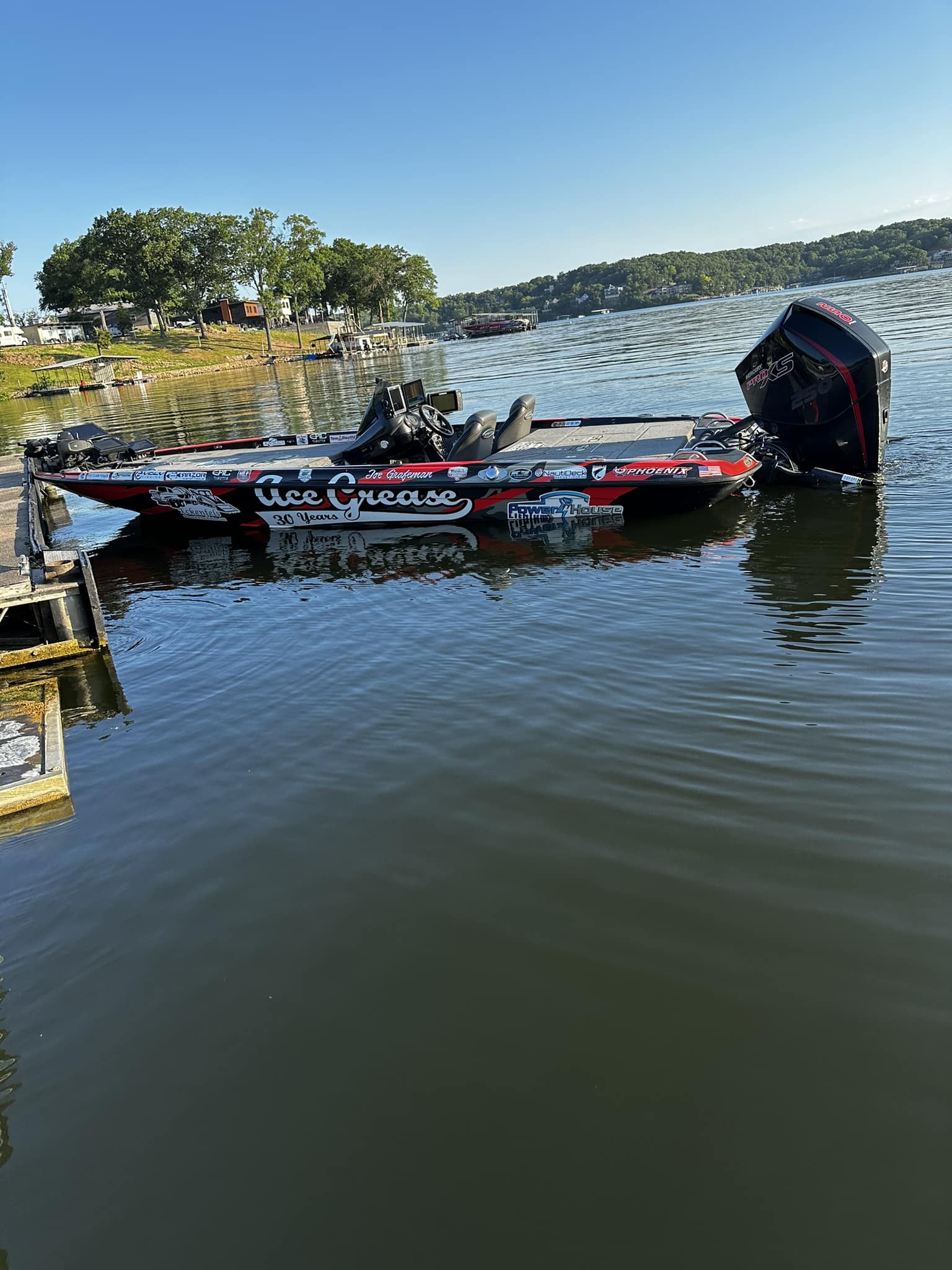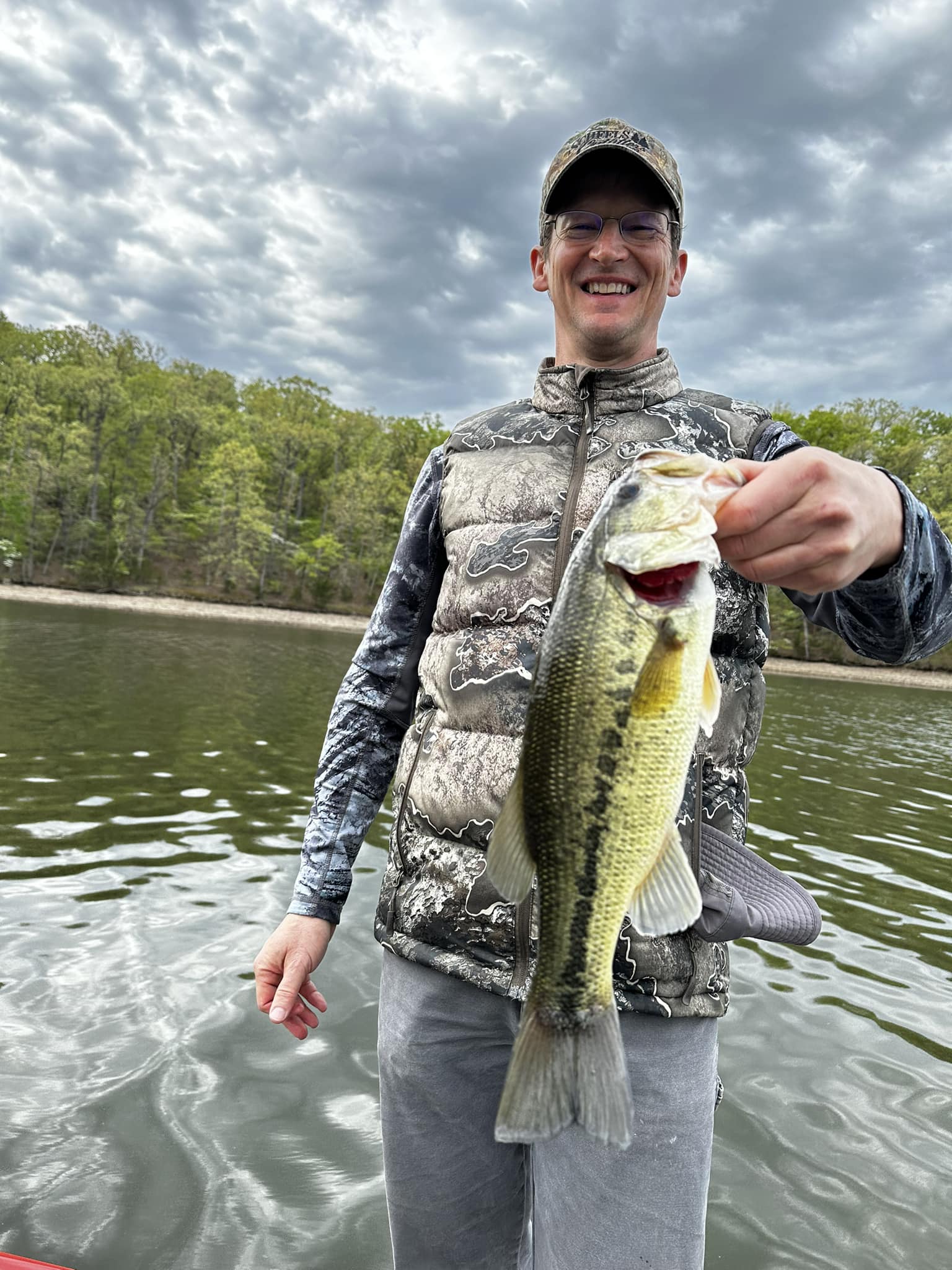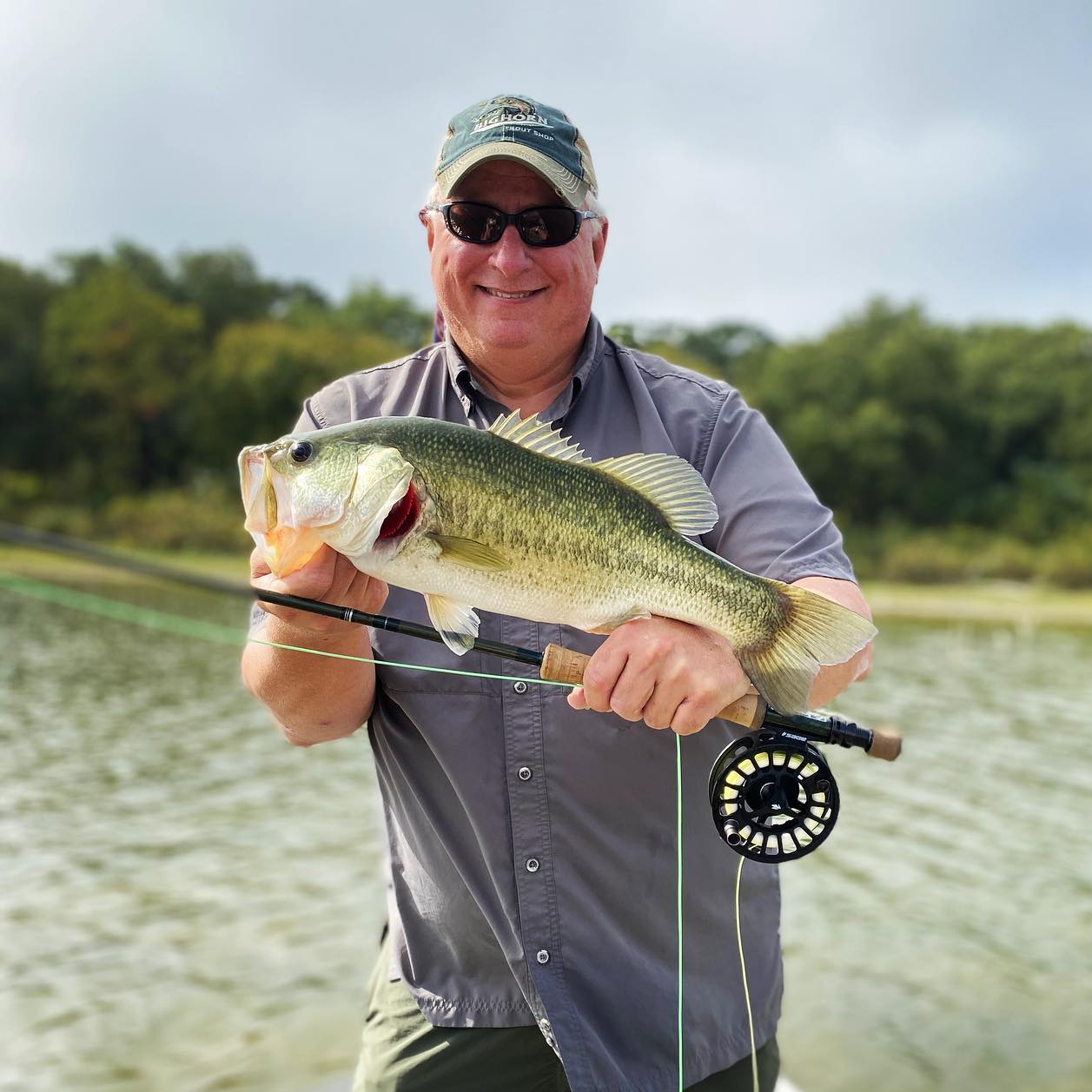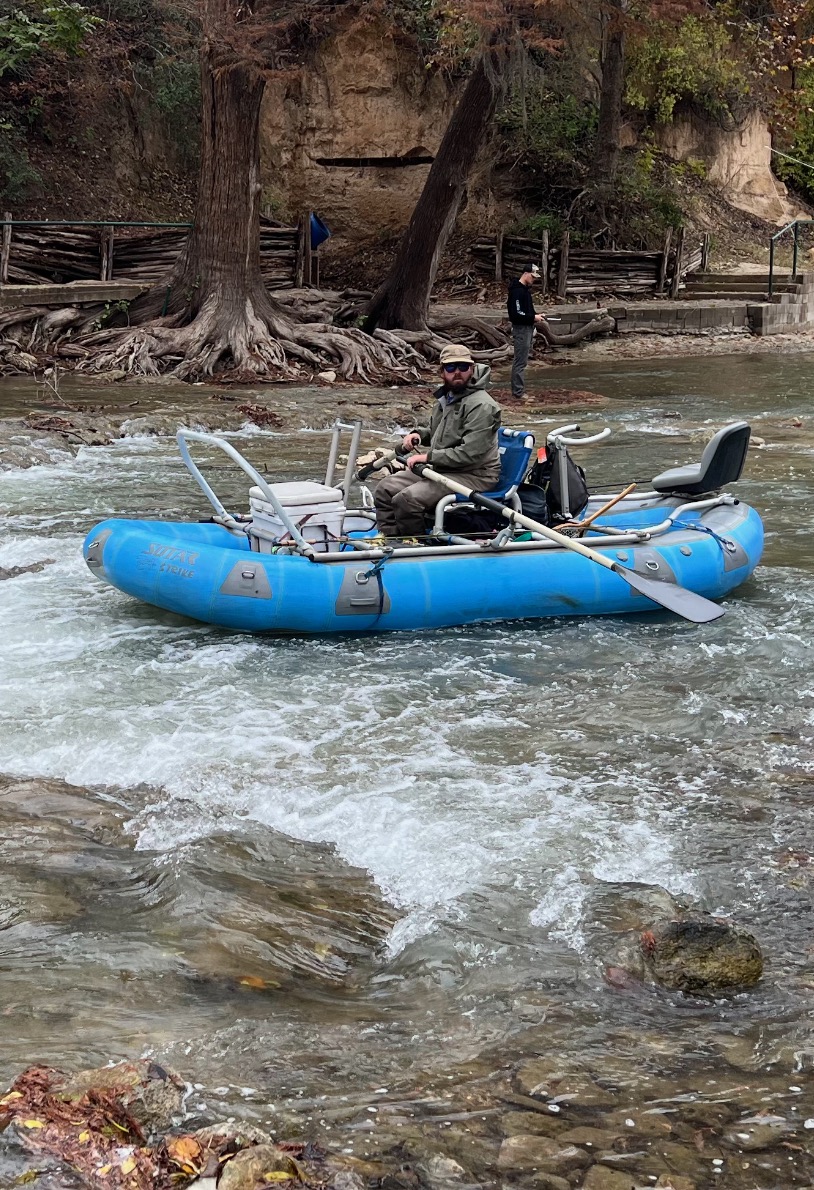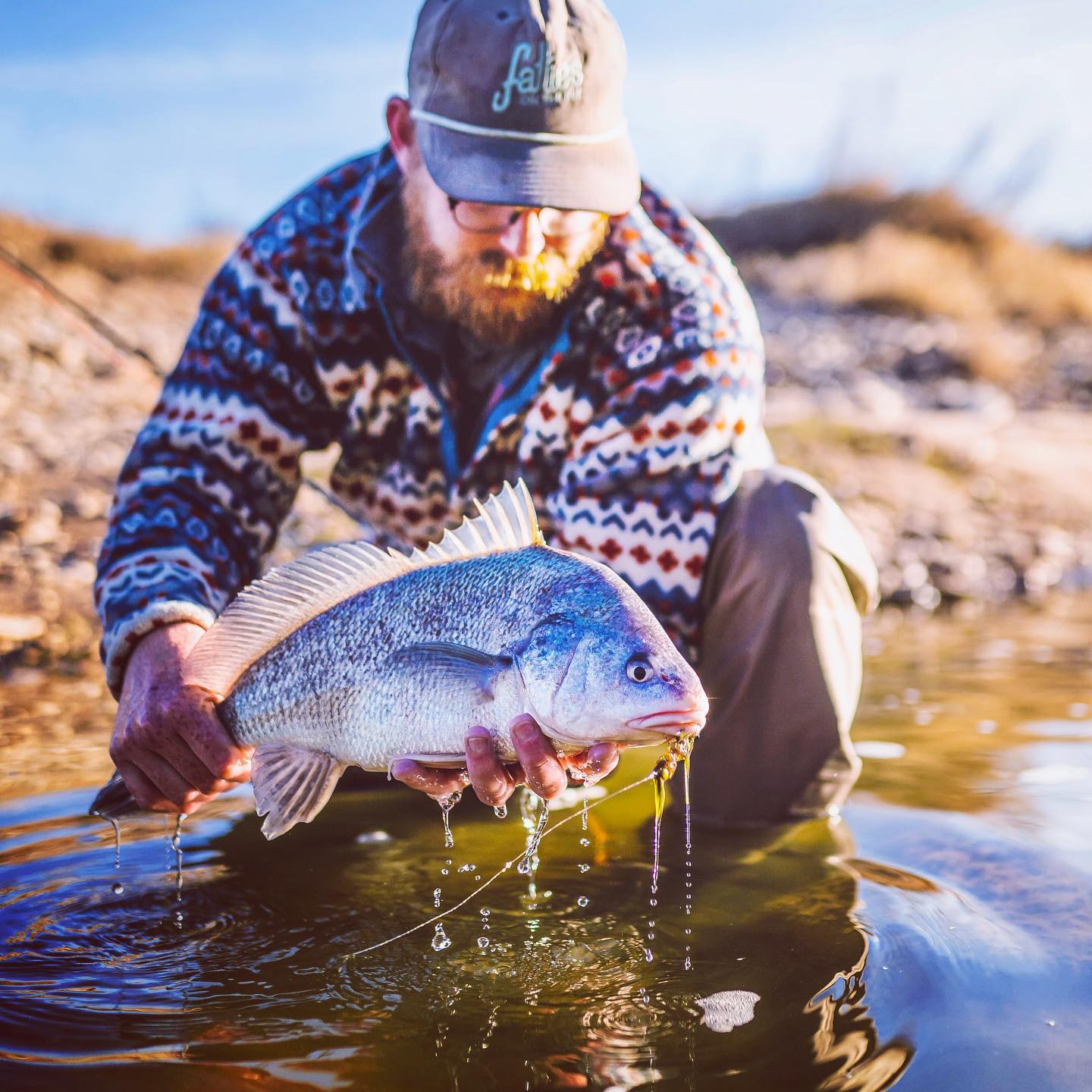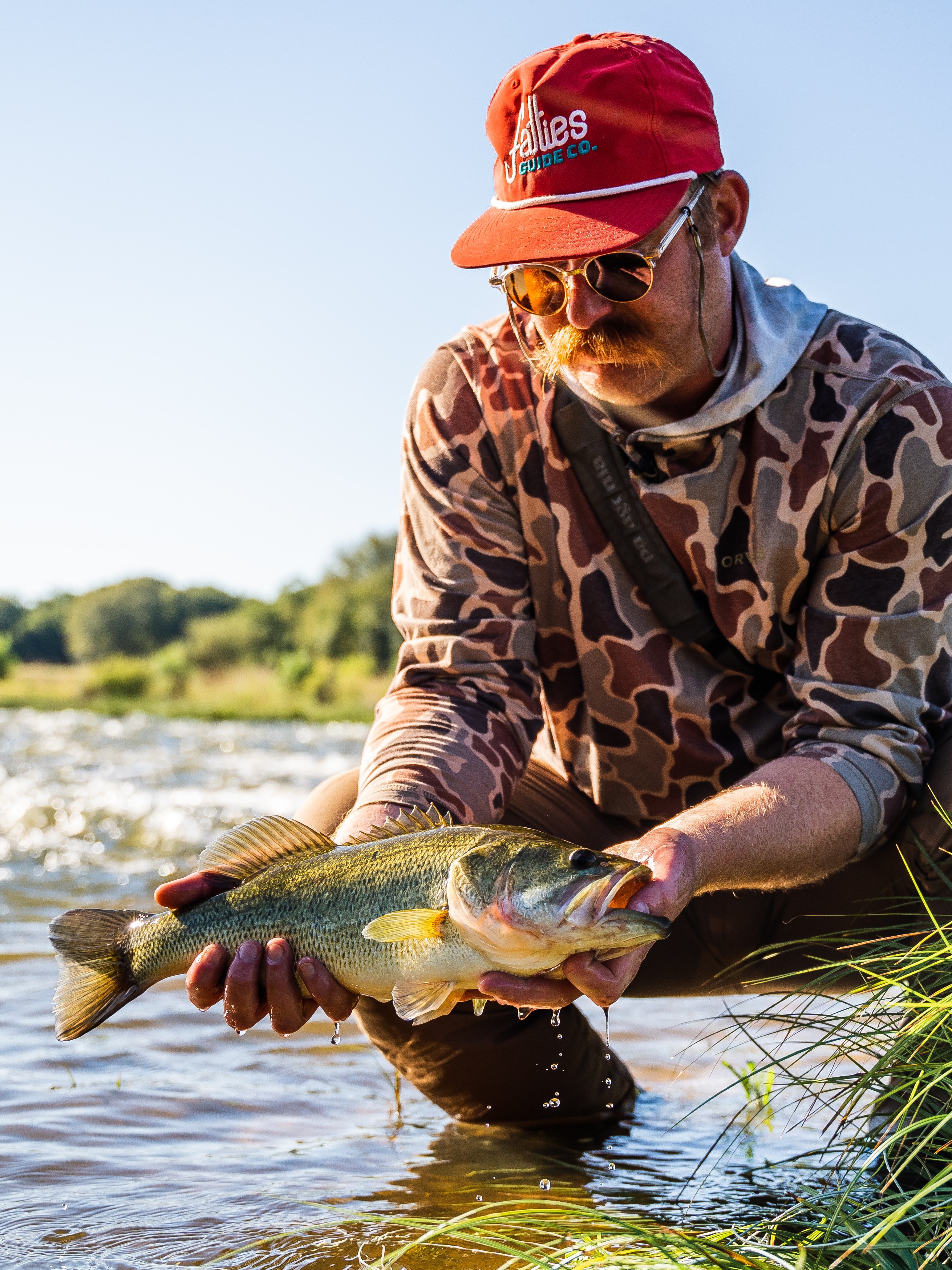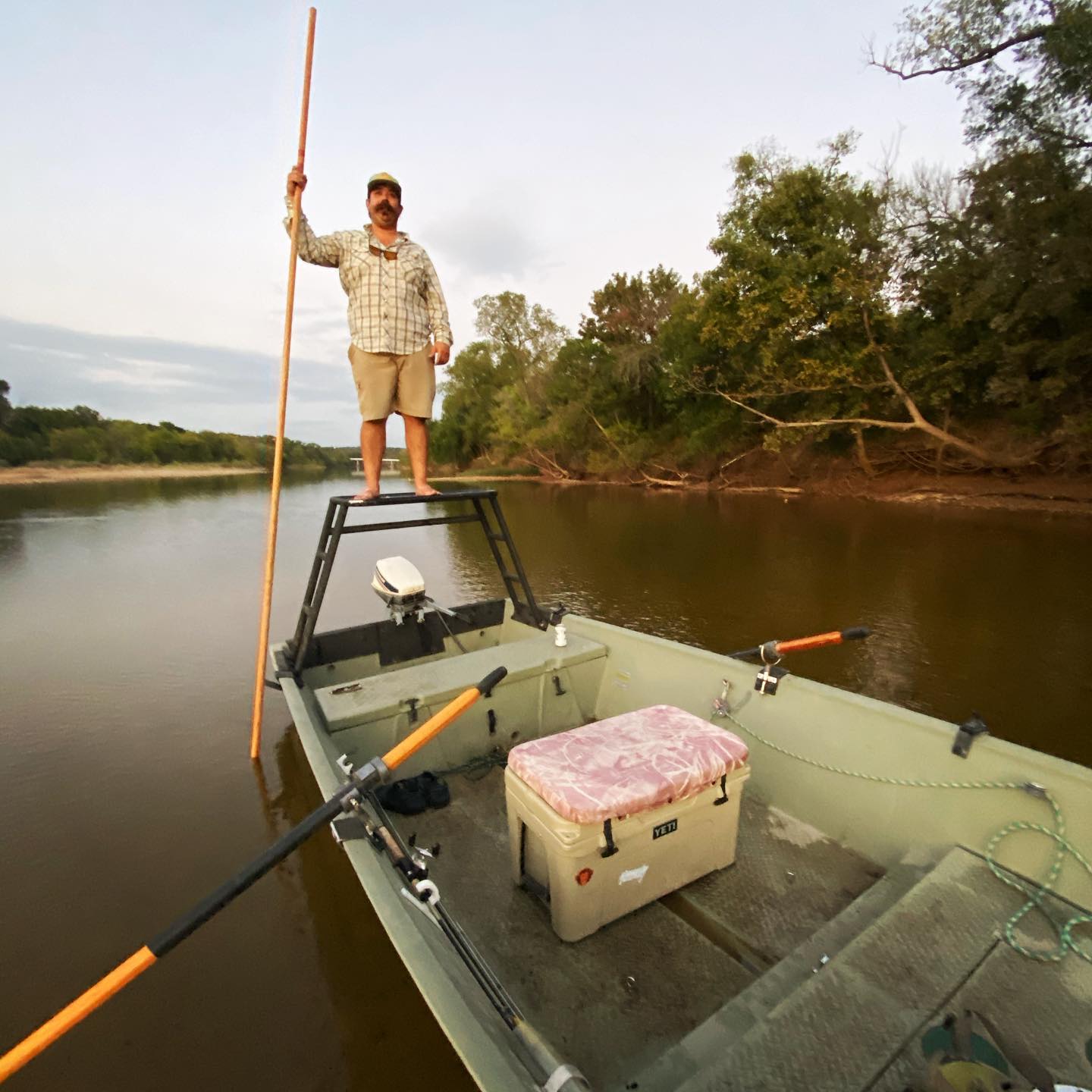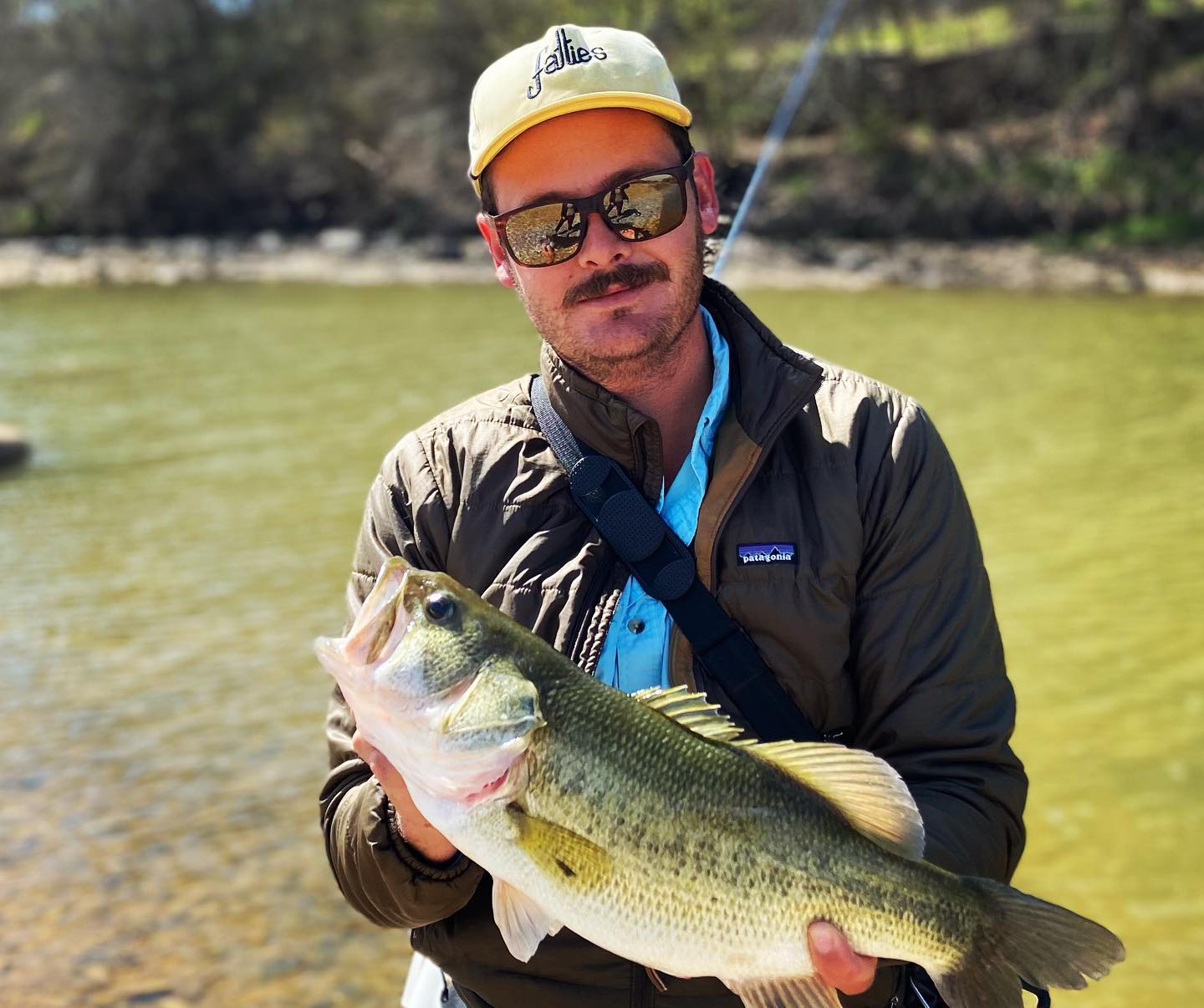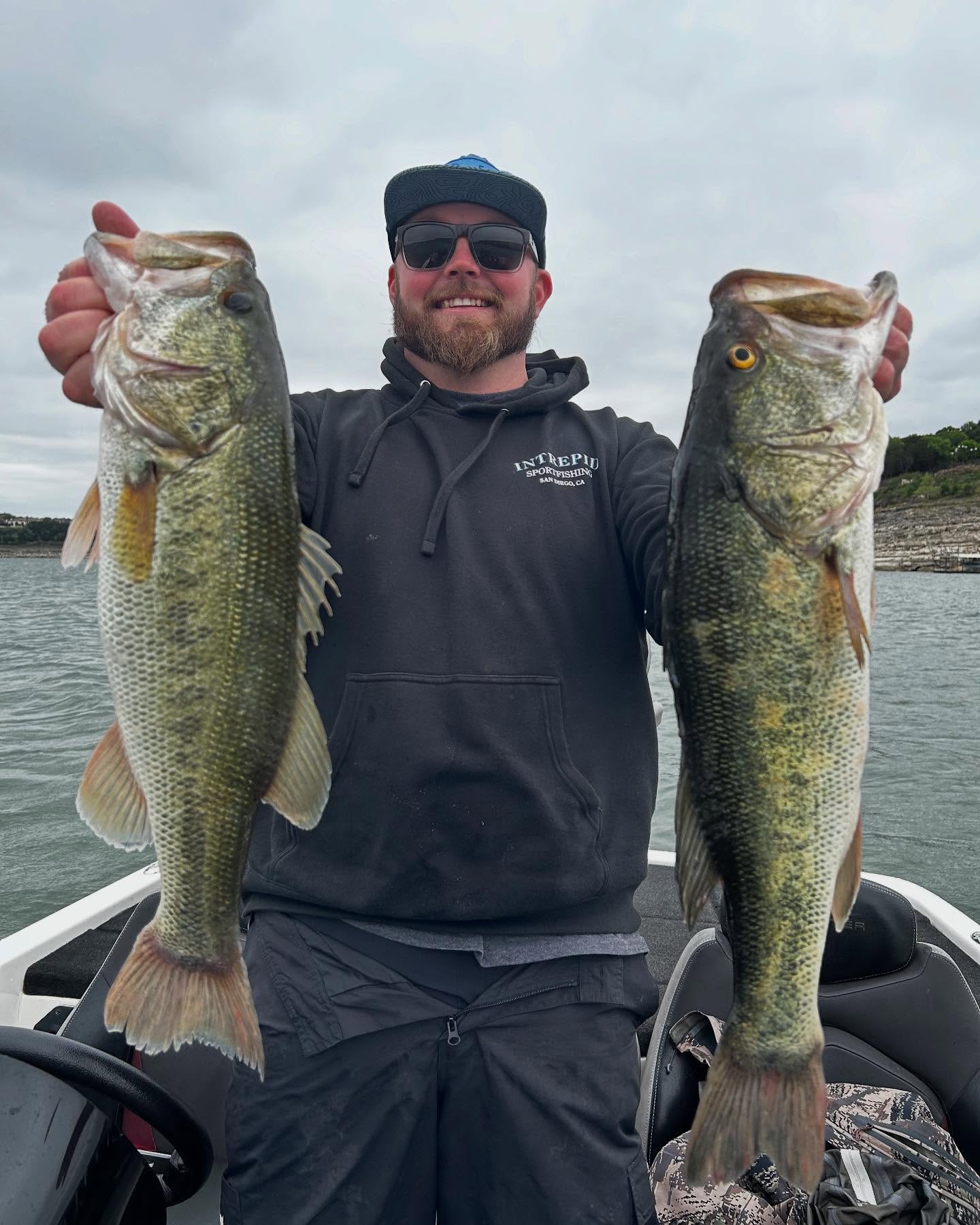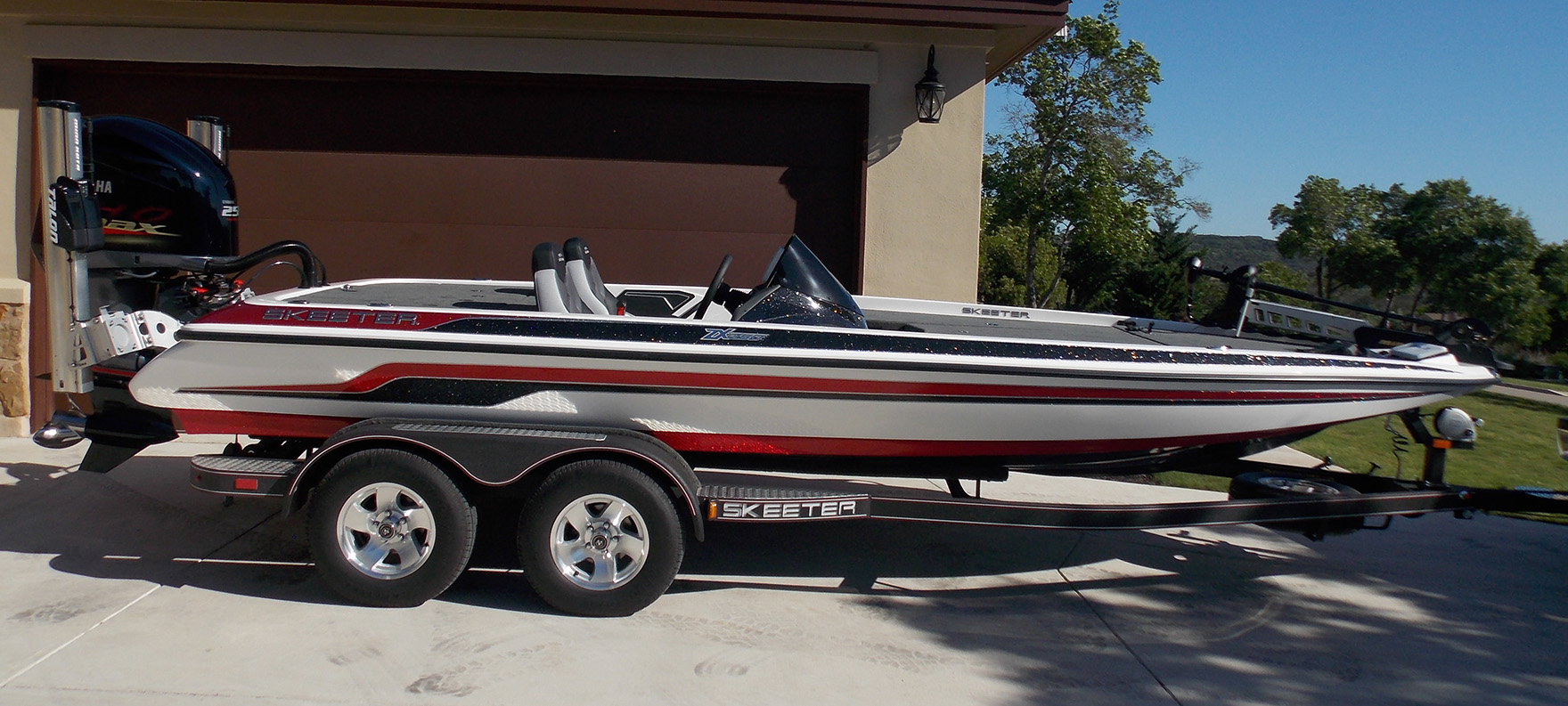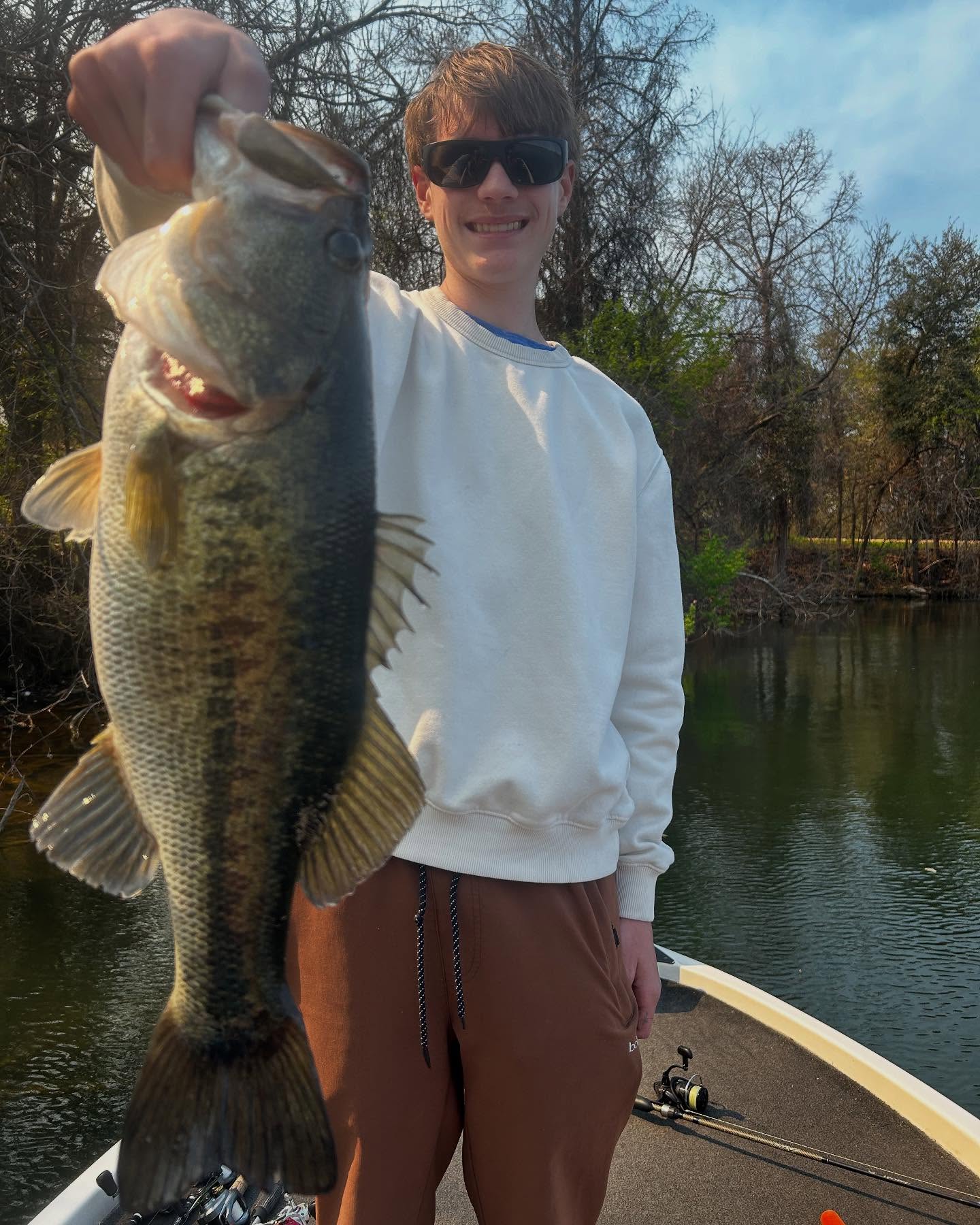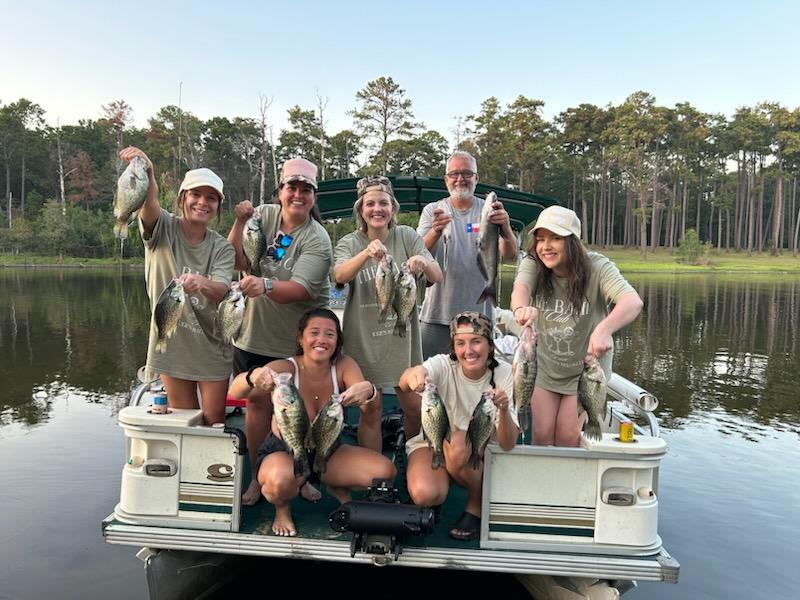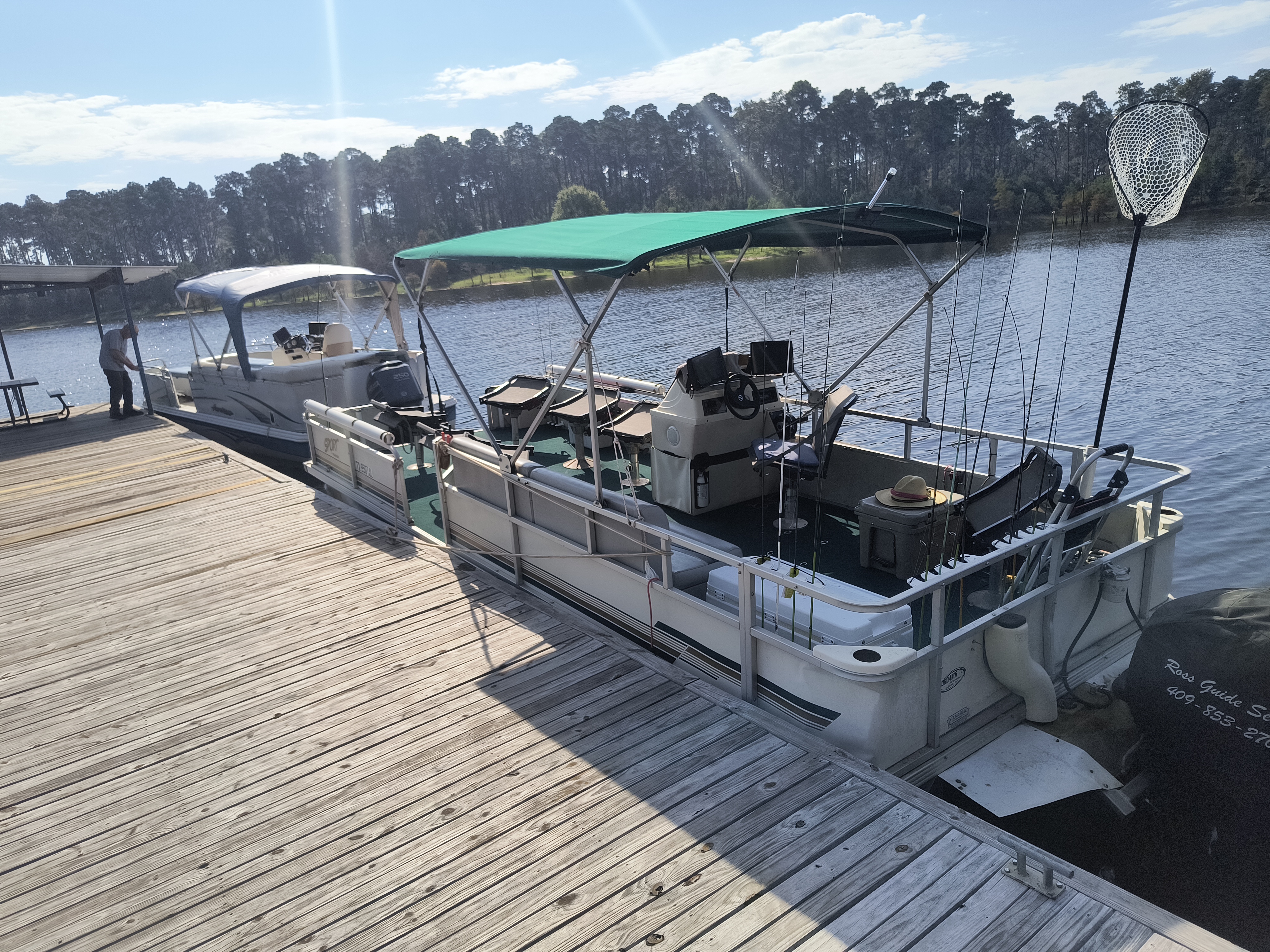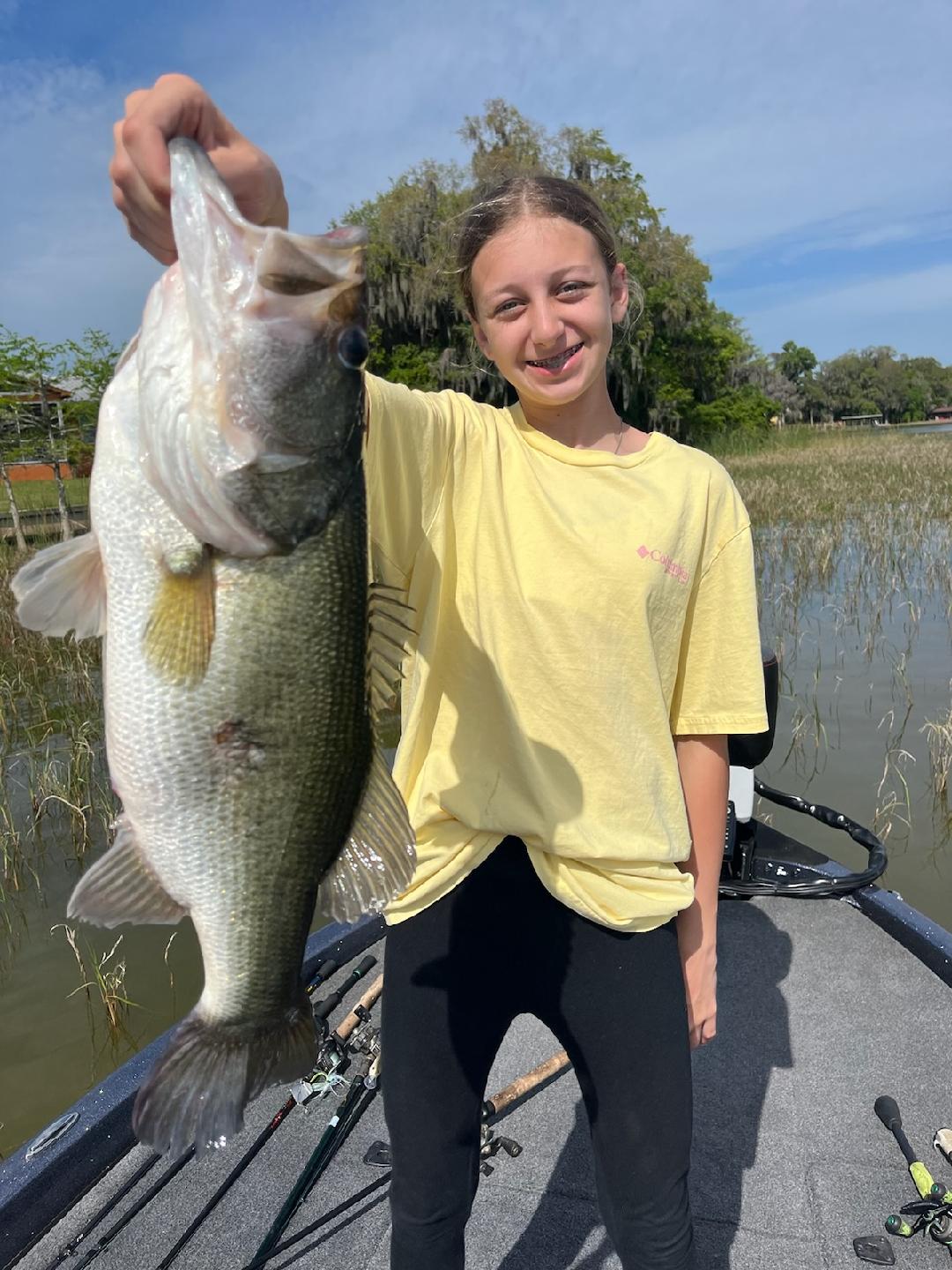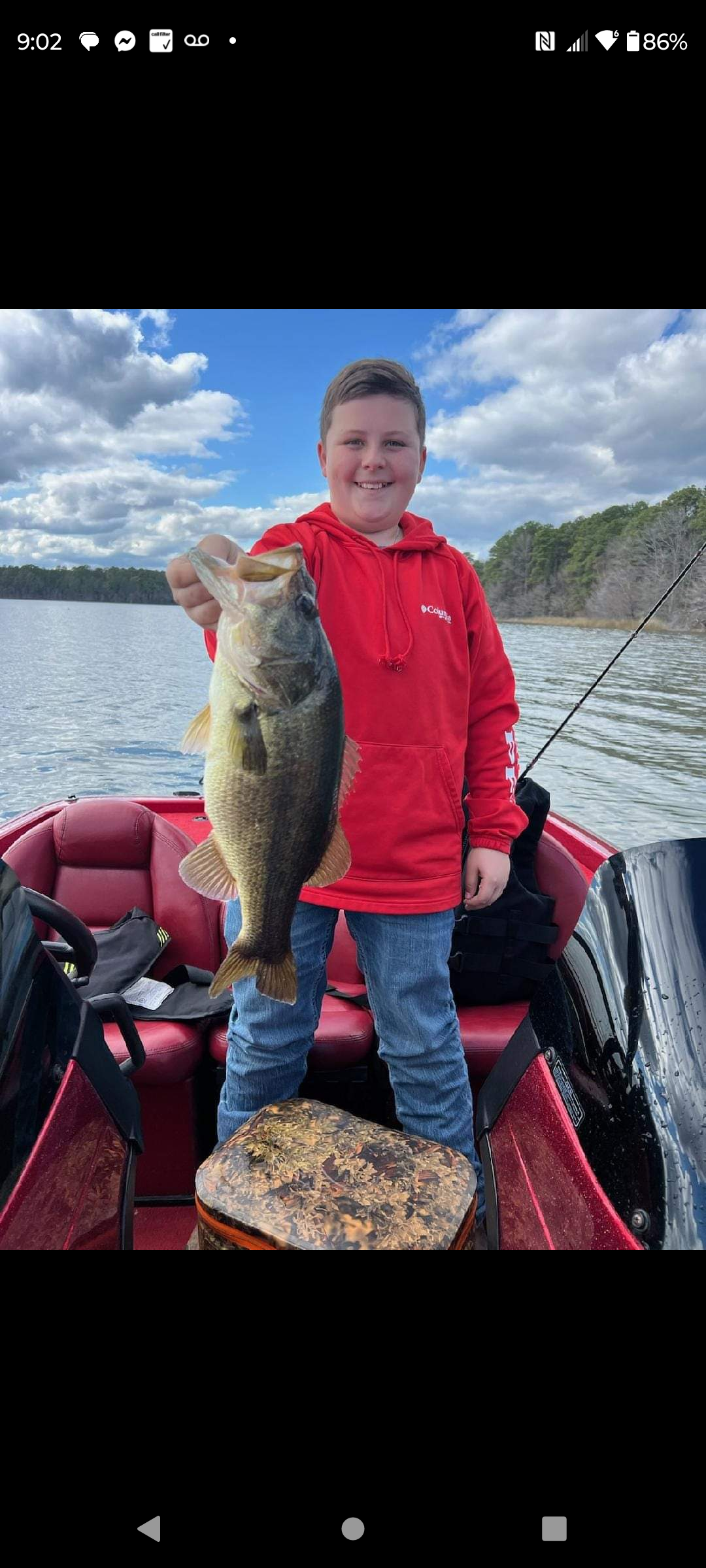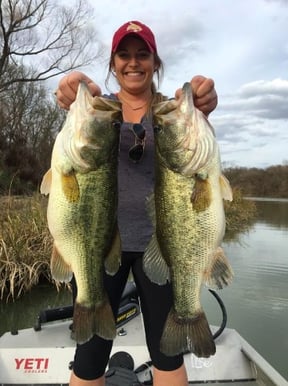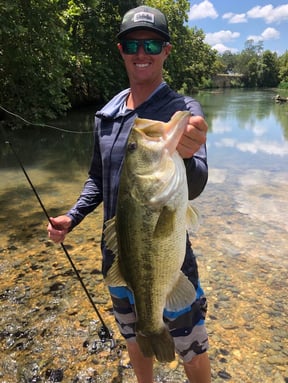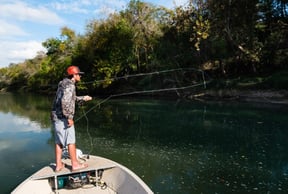River, Lake Fishing in Anderson
Lake Hartwell Half Day
Rogers Arkansas Fishing Trips
Lake Guntersville FishingTrip
Lake Fishing in Kimberling City
4- 6 Hours -Table Rock Lake
Lake Of The Ozarks Pro Fishing
Brazos River Drift Trip
Brazos River Luxury Overnight
Hill Country Bass Trips
Sam Rayburn Crappie, And Catfish
Sam Rayburn Bass Trips
We started Captain Experiences to make it easy to book fishing and hunting guides around the world. With over 2,000 Damn Good Guides, our platform makes finding and booking a trip seamless. Head here to check out our trips.
The Best Areas for Bass Fishing Within a Body of Water
It’s been said that 90% of bass are caught in 10% of the waterway, meaning there are specific areas that hold many more fish than others in the same body of water.
Whether you’re bass fishing in Texas, Florida, or Michigan, this statement rings true.
The question remains, how do we find the high percentage areas so we spend more time catching fish and less time trying to find the bass?
To answer this, we must first consider the time of year. Many bass will move locations depending on the time of year.
For instance, during the spring, most bass are shallow, spawning. The summer's heat pushes most of them to deeper water or shady areas. As fall sets in, they move back shallow to feed on baitfish, and during winter, they’re often in the deepest sections of the body of water.
Best Areas in a Pond
I grew up fishing farm ponds in the spring and summer, and no matter which pond I fished, I always seemed to get more bites in a specific area.
Unless there’s a lot of brush in the middle of the pond, most bass will cruise along the edge of the pond, searching for a meal most of the year.
I always try to start in the corner of the pond. Bass will use the corner as a trap to keep bait fish from having an easy escape.
Cast parallel to both banks a few times before moving on.
The winter is the only time of the year I cast to the middle of the pond in search of a bite unless there is some kind of structure in the middle.
The wind-blown bank is another high percentage area to begin. The wind will blow the plankton and bait fish to that side of the pond, and the bass usually follow.
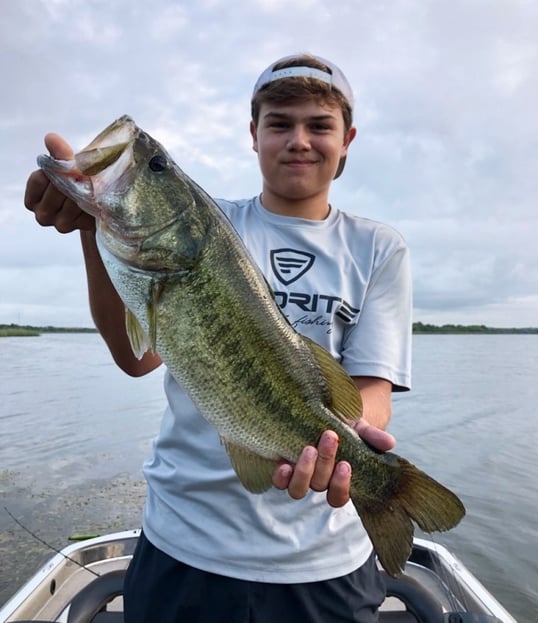
The last place I’ll mention is fishing around cover or structure.
Cover is anything that casts a shadow on the water, such as a dock or Lilly pads. Bass use the shadows to hide from their prey and other predators.
Structure is brush piles, ledges, or rock piles. Bass also use these to hide.
Best Areas in a Lake
Breaking down a lake is much more daunting than a pond because there’s much more water to cover. However, with the help of your electronics, it doesn’t have to be complicated.
The best areas in a lake during the spring will be shallow sandy or gravel flats relatively close to deep water. Bass will use the flats to spawn and transition to the deeper water as summer approaches.
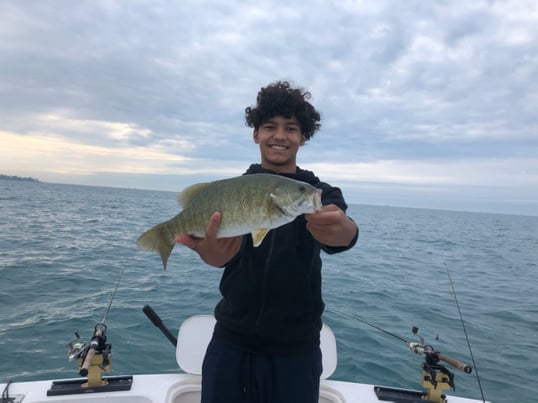
During the summer, bass are typically found suspended along ledges. This is where you’ll need good electronics to find the fish.
Another spot they’re found during the summer is around cover and structure. If you’re fishing a shallow area, it’s usually best to fish thick vegetation where the bass are hiding.
During the fall, bass move back shallow again, so fishing shallow areas near an abrupt depth change can make all the difference. This might mean fishing a creek channel or main lake point.
During the winter, bass move back to deeper water, so fishing the deepest spots of the creek channel or along the ledge where a creek channel and flat meet is usually a great option.
Deep water is a relative term; for instance, many lakes in Florida are not what most consider deep, so finding a 10’ hole might be all that’s needed during winter. In contrast, many reservoirs in Texas are well over 50’, so a 10’ hole might not be deep enough.
I’m always on the lookout for bait fish. If I see a large amount of shad, bluegill, or sunfish, then I know there will be bass nearby waiting for the best opportunity to strike.
That’s why I always recommend starting where the bait fish are in the lake.
Best Areas in a Stream or River
I love fishing a river or stream because the bass have fewer places to hide, in my opinion.
Bass will hide behind a current break waiting to ambush their next meal. So the first thing I look for is something disrupting the current. This can be a log, rock, or portion of the bank sticking further into the river.
Where the river or stream makes a sharp turn is usually a high percentage area because it creates an eddy where bass don’t have to use much energy to stay in one spot while searching for something to eat.
Another spot I look for in a river is a creek mouth, especially where dirty water meets clean water. Bass will use the murky water as cover to hide.
The last spots I look for are deeper holes. Bass often relate to depth changes, so fishing along the drop-off of a deep spot in the river can yield a lot of success.
Most of the time, you’ll find these holes above or below rapids and ripples.
If you can find an area where you get two or more of these scenarios happening, you will likely find the honey-hole for the day.
It’s important to remember that no matter where you fish, that bass are constantly on the move due to weather and water changes, so just because you caught them in a spot yesterday doesn’t mean they’ll be in the same place today.
Joey Butrus
Updated on July 31, 2023
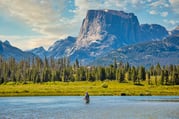
May 13, 2024

January 7, 2022
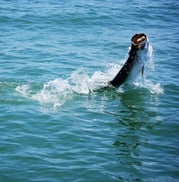
April 15, 2022

August 21, 2023
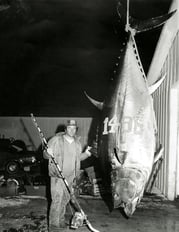
June 3, 2021
Related Articles
July 22, 2022
May 22, 2022
July 26, 2022
Featured Locations
- Fishing Charters Near Me
- Austin Fishing Guides
- Biloxi Fishing Charters
- Bradenton Fishing Charters
- Cabo San Lucas Fishing Charters
- Cancun Fishing Charters
- Cape Coral Fishing Charters
- Charleston Fishing Charters
- Clearwater Fishing Charters
- Corpus Christi Fishing Charters
- Crystal River Fishing Charters
- Dauphin Island Fishing Charters
- Daytona Beach Fishing Charters
- Destin Fishing Charters
- Fort Lauderdale Fishing Charters
- Fort Myers Fishing Charters
- Fort Walton Beach Fishing Charters
- Galveston Fishing Charters
- Gulf Shores Fishing Charters
- Hatteras Fishing Charters
- Hilton Head Fishing Charters
- Islamorada Fishing Charters
- Jacksonville Fishing Charters
- Jupiter Fishing Charters
- Key Largo Fishing Charters
- Key West Fishing Charters
- Kona Fishing Charters
- Lakeside Marblehead Fishing Charters
- Marathon Fishing Charters
- Marco Island Fishing Charters
- Miami Fishing Charters
- Montauk Fishing Charters
- Morehead City Fishing Charters
- Naples Fishing Charters
- New Orleans Fishing Charters
- New Smyrna Beach Fishing Charters
- Ocean City Fishing Charters
- Orange Beach Fishing Charters
- Panama City Beach Fishing Charters
- Pensacola Fishing Charters
- Pompano Beach Fishing Charters
- Port Aransas Fishing Charters
- Port Orange Fishing Charters
- Rockport Fishing Charters
- San Diego Fishing Charters
- San Juan Fishing Charters
- Sarasota Fishing Charters
- South Padre Island Fishing Charters
- St. Augustine Fishing Charters
- St. Petersburg Fishing Charters
- Tampa Fishing Charters
- Tarpon Springs Fishing Charters
- Venice Fishing Charters
- Virginia Beach Fishing Charters
- West Palm Beach Fishing Charters
- Wilmington Fishing Charters
- Wrightsville Beach Fishing Charters
